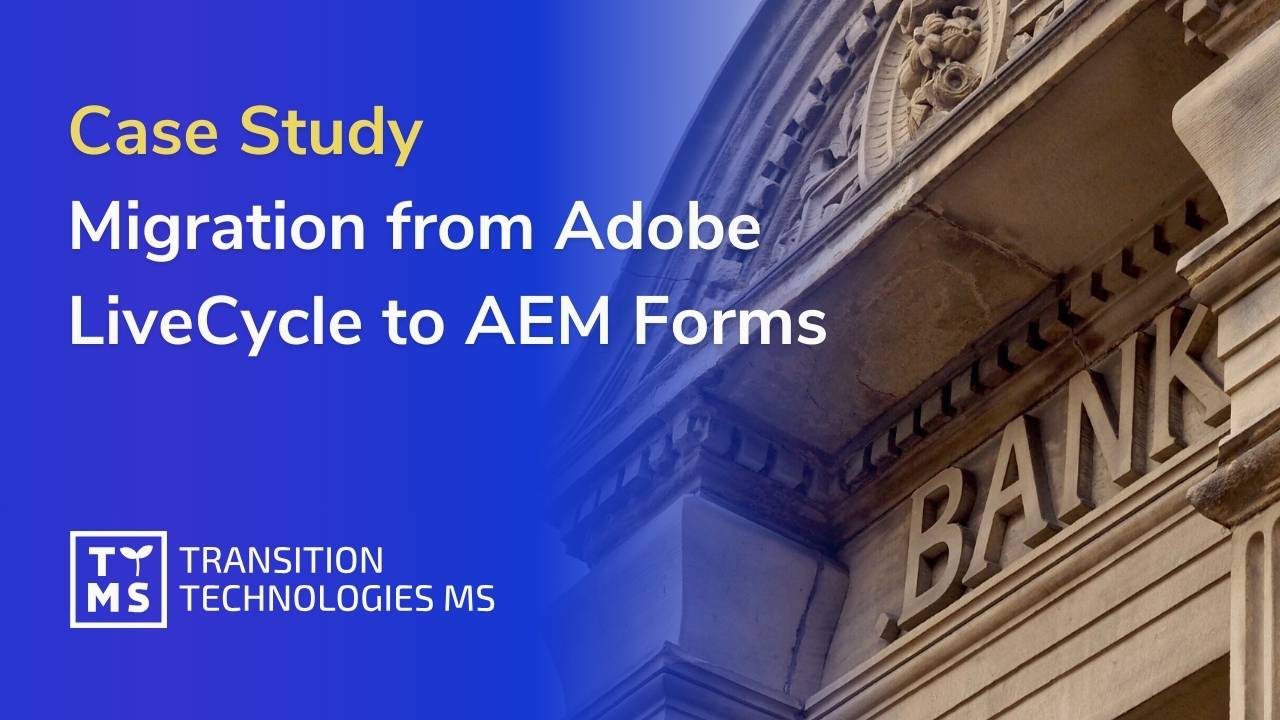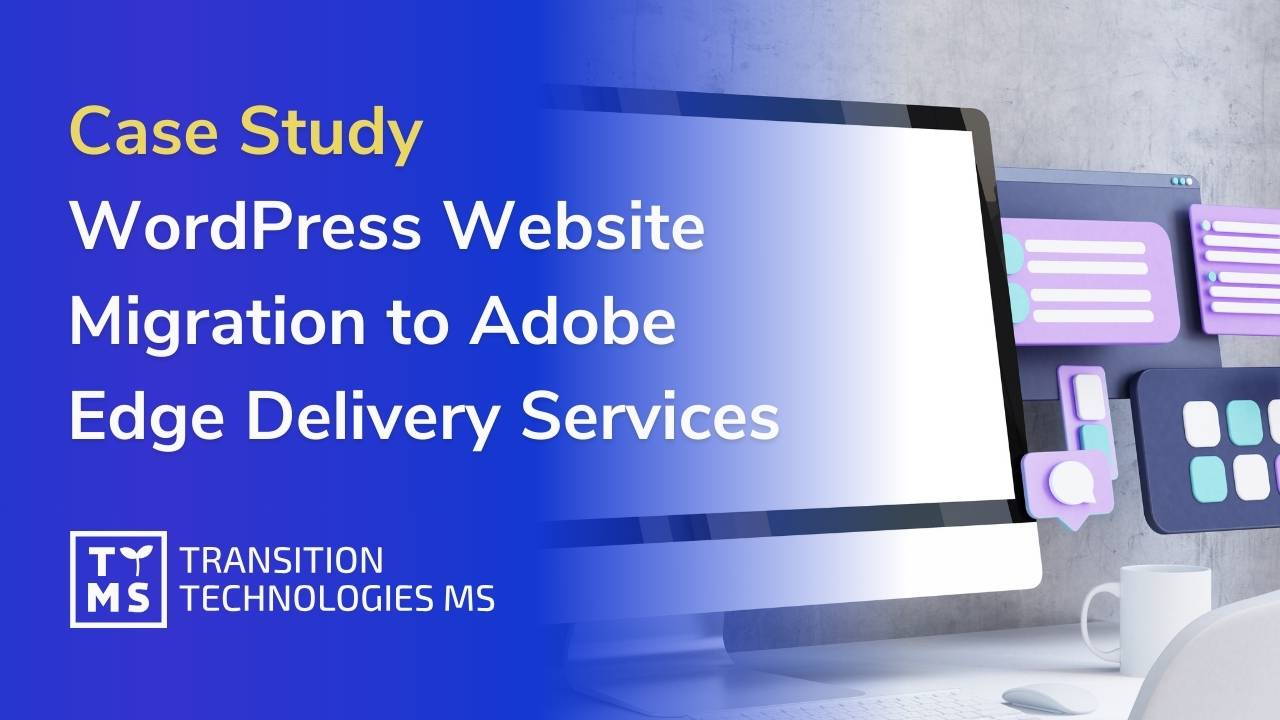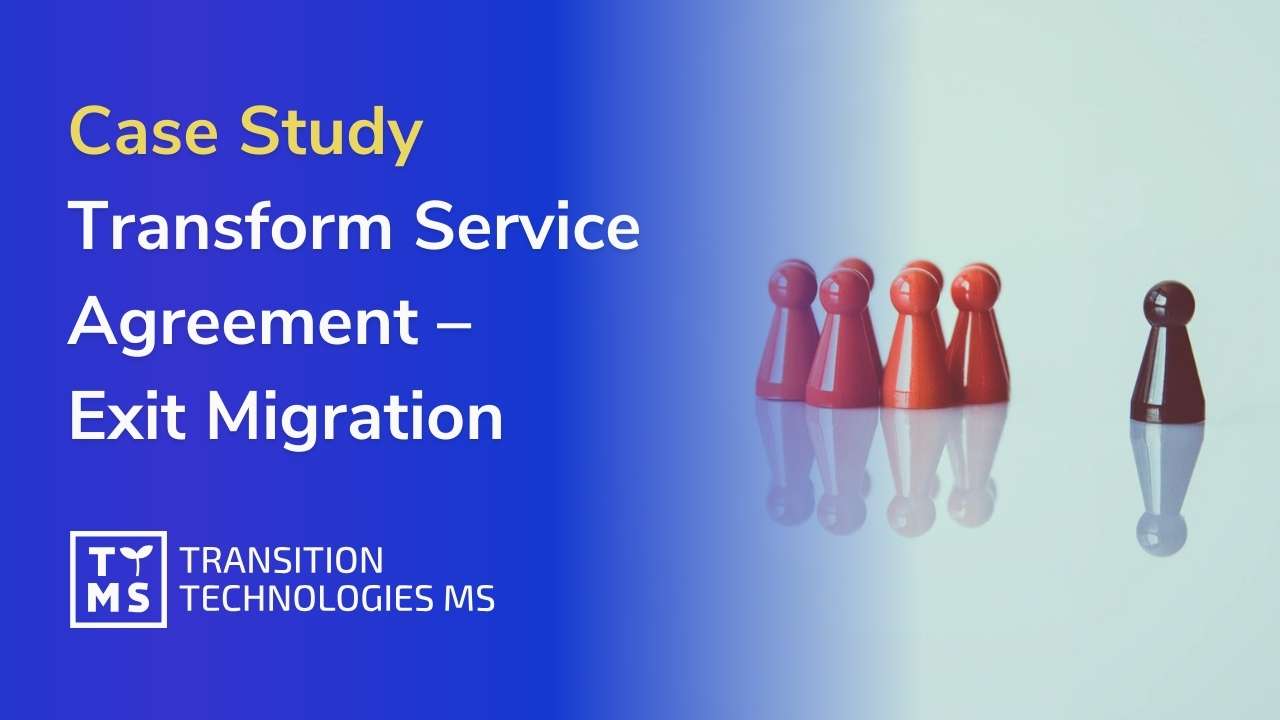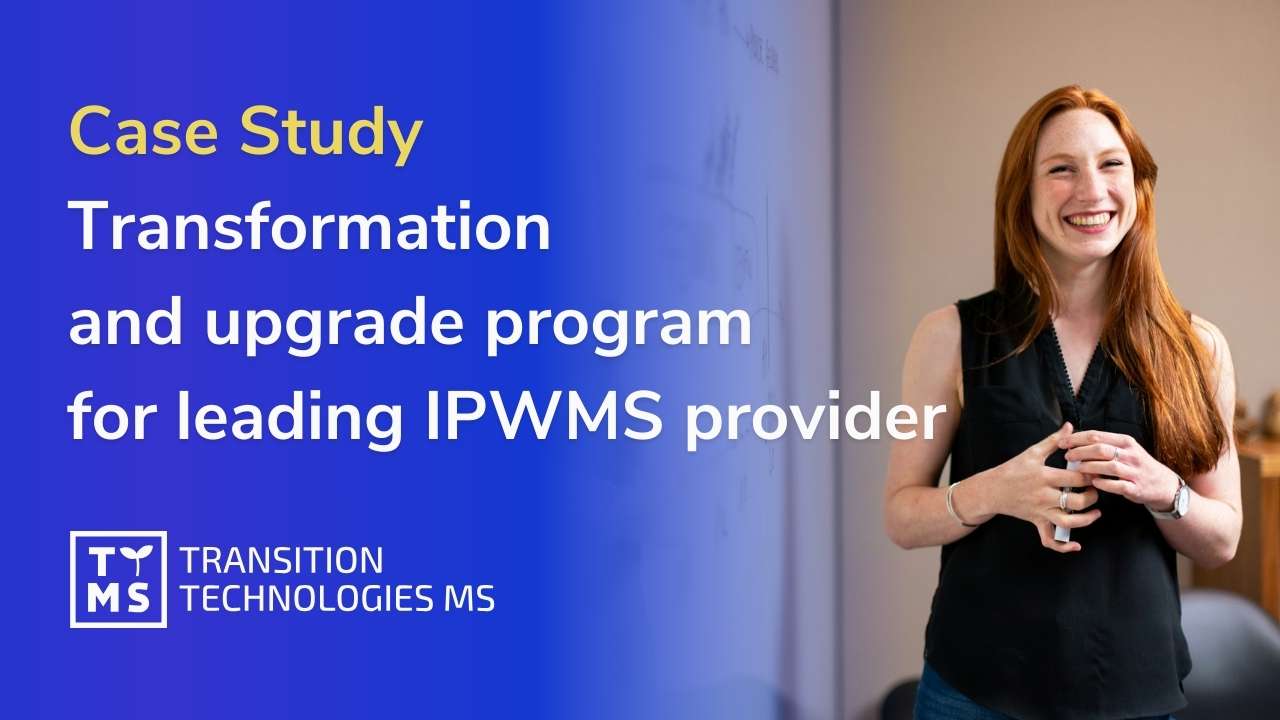
Case Study: Improving Customized Financial Management System in a Global Company
In this Finance Management System Case Study, each organizational unit at our client’s company responsible for providing services to internal business partners must plan its budget monthly. This task falls under the purview of delivery managers who need to account for various types of costs and resources.
Challenge: Complex Finance Management System for Budgeting a Large Workforce
Budget planning, known as “Demand,” was a difficult task due to several reasons:
- The workforce included about 10,000 people, such as:
– Permanent employees
– Time and Material (T&M) contractors
– Fixed Price (FP) contractors - There were around 12 types of variable costs to consider, including overtime, travel, and software fees.
- The existing budget tool was hard to use and required handling budgets for about 600 Work Breakdown Structure (WBS) codes.
- Because of this complexity, many managers used Excel spreadsheets for planning. Although Excel is user-friendly, it requires a lot of effort to maintain.
This situation was a typical example of Finance Management System challenges that many enterprises face.
Solution: Introducing Finance Management System with Automated Budget Planning and Synchronization Tools
In 2018, our client launched a new system called Demand FMI (Financial Model Improvement) after working closely with the financial controlling team. This example of System for Finance Management offered several key features:
- Automatic Budget Calculations:
– Budgets were automatically calculated for employees and contractors based on their logins, country, and Full-Time Equivalent (FTE).
– If specific individuals were not known yet, the system could generate budgets based on skill and country, with rates reflecting potential costs. - Simplified Planning for Various Costs:
– This included costs for FP/managed services and variable costs like on-call, overtime, platform fees, and travel. - This included costs for FP/managed services and variable costs like on-call, overtime, platform fees, and travel.
– Budgets were organized into monthly plans for the chosen year.
– These plans were automatically summed up and synchronized with an external budgeting tool called Perform. - Long-Term Planning:
– Plans could be made for the current year and up to three years in advance.
– This supported the client’s internal activities for long-term budget planning. - Accurate Cost Tracking:
– After the financial model was finalized, the actual costs during budget execution would replace the planned budgets and synchronize with the Perform tool again, ensuring accurate tracking.
Outcome: Simplified and Precise Budget Planning Enhances Efficiency
In this Management System for Finance Case Study, the organization reverted to using the dedicated tool for Demand planning, which became simpler and more precise. This improvement facilitated financial analysis and the identification of potential savings, thus enhancing overall budget management efficiency.
Are you interested in our Pharma Software Development Services? Explore our offer.
Conclusion: Enhanced Finance Management System Improves Budget Planning and Efficiency
The introduction of the Demand FMI significantly improved the budget planning process for the client’s organizational units. By automating and simplifying budget calculations and integrating them with an external budgeting tool, our client was able to streamline financial planning, reduce reliance on cumbersome spreadsheets, and enhance the accuracy and efficiency of its financial management. This System for Finance Management Case Study highlights the importance of tailored financial management tools in supporting complex organizational needs and driving operational efficiency.
Check other case studies
Ready to take your business to the next level?
Let’s talk about how TTMS can help.

Sunshine Ang Sen Shuen
Sales Manager


































































